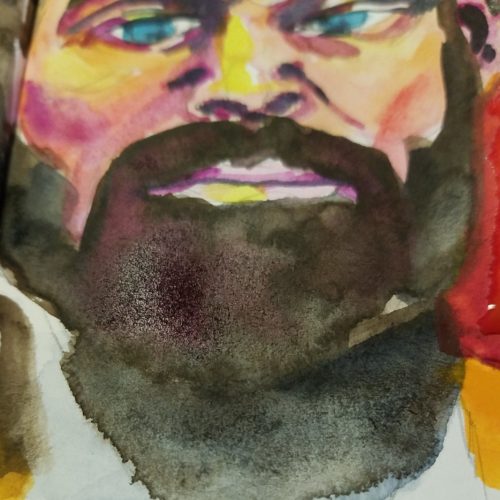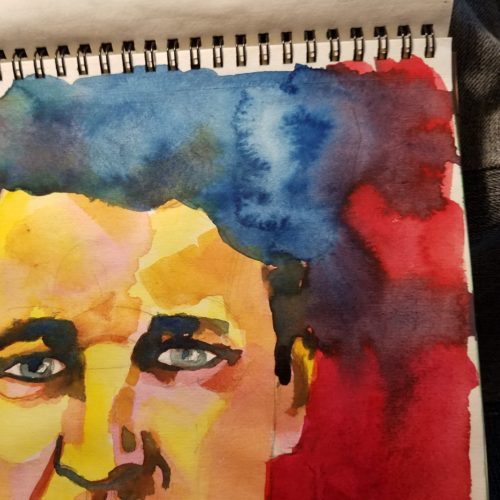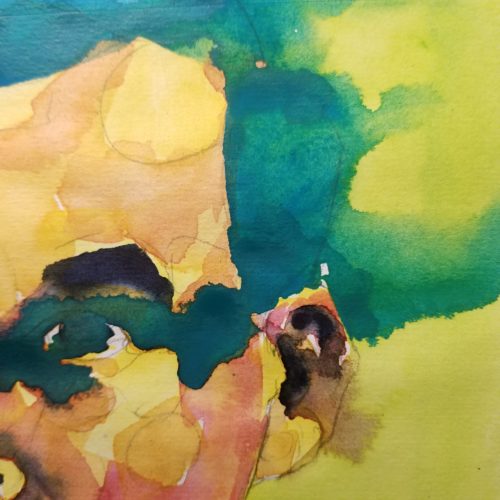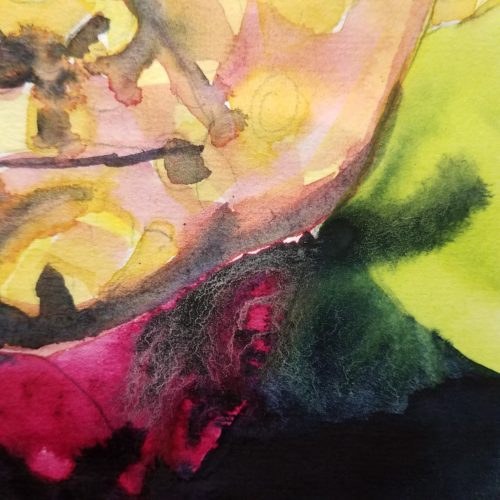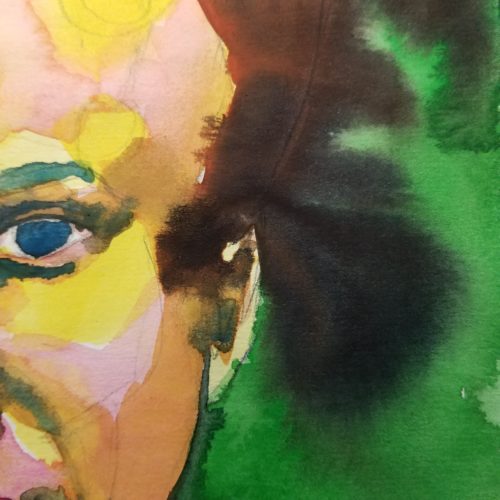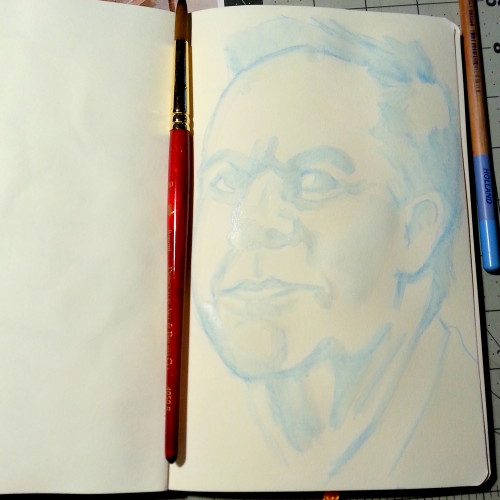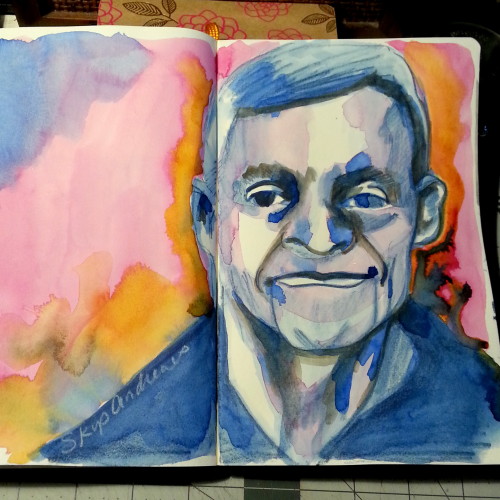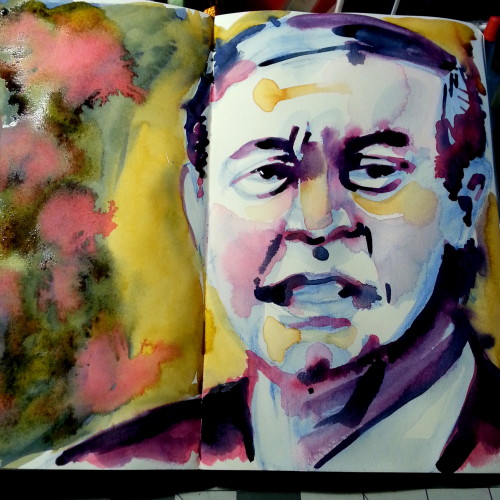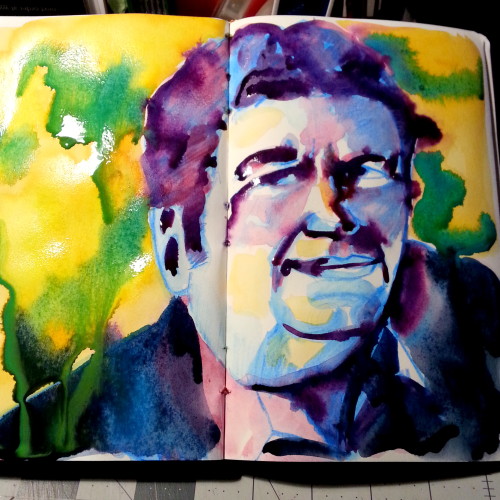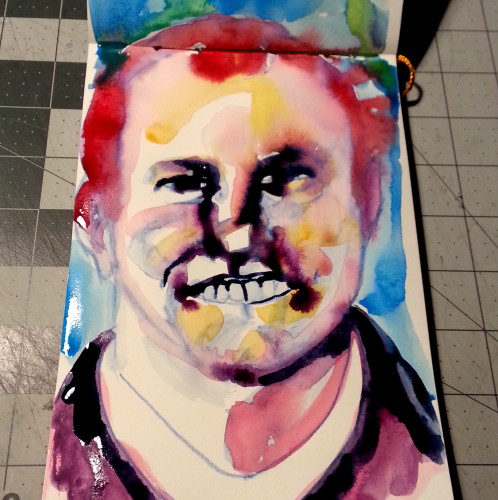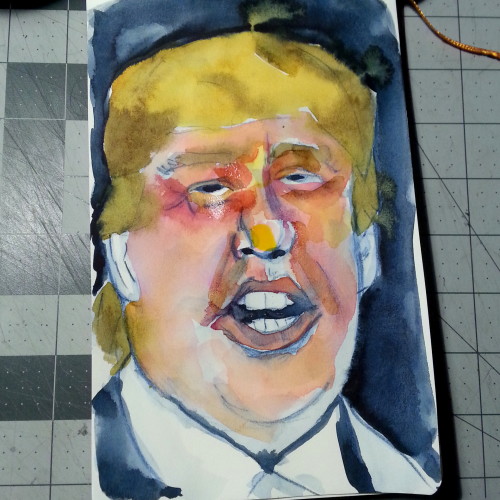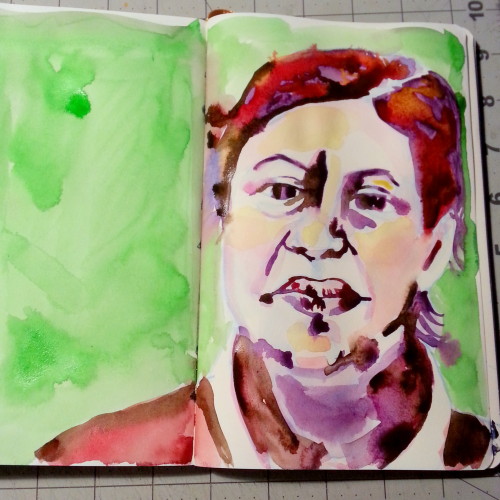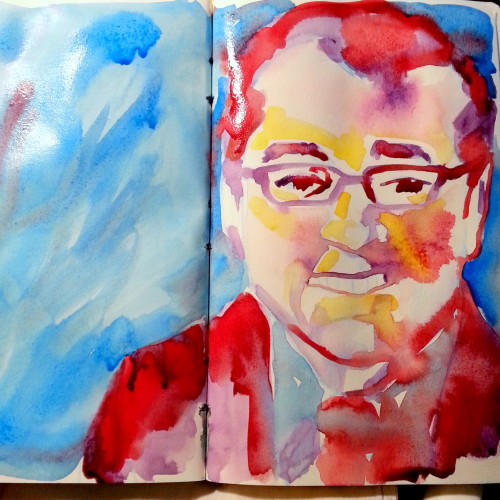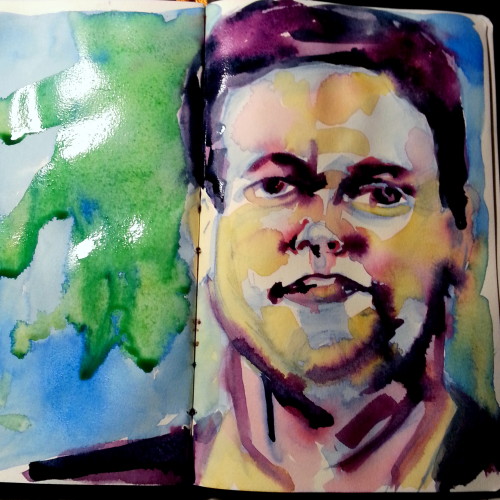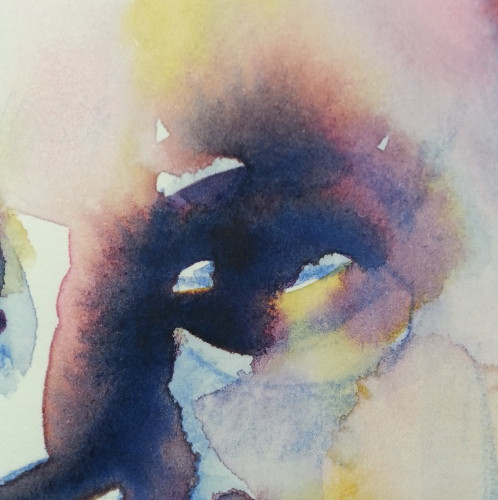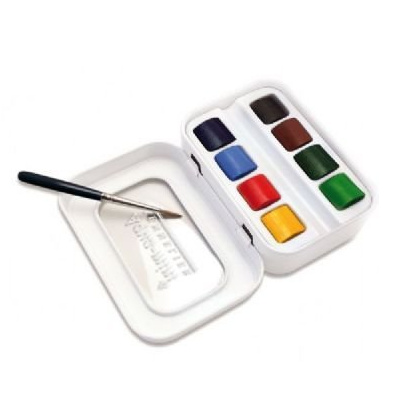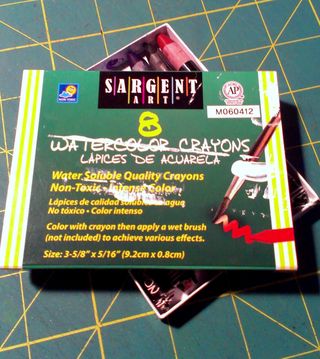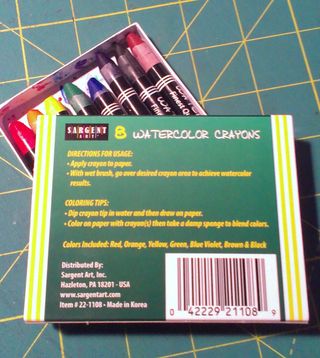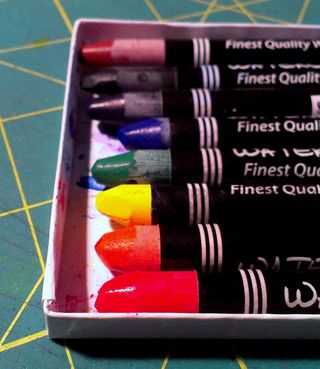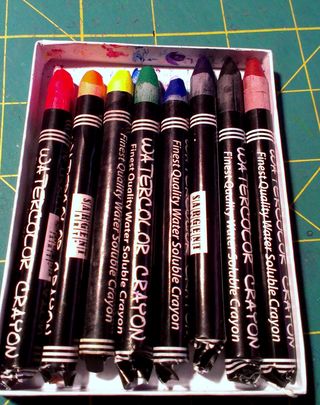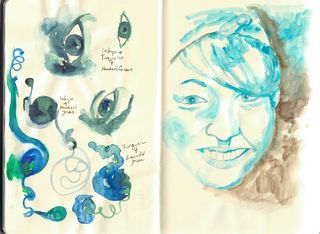I was recently asked to do a brief “intro to watercolors post.” So here it is.
Watercolors have a variety of ways of being used, from larges washes and free wet into wet application to tightly rendered pencil drawings filled in with layers of colors. I work somewhere in between. I enjoy making a mess and creating carefully rendered illustrations of things I see. Here are some basic tools I’d sugesst with a budget in mind:
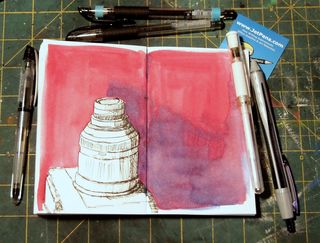
First the colors themselves. I’d suggest starting off with a Windsor and Newton Cotman Sketcher's Pocket Box Set. It has 12 colors all of which are usable in a variety of settings. The box itself is sturdy and completely usable. The brush it comes with is, well, crap. This is the best of the small pocket sketch sets by W&N. It generally runs about $20. They are carried in most places like AC Moore and Michael’s.
If you are the crafty type I’d suggest making a recycled mint tin watercolor tin and picking up a student set of tubed watercolors. This will be more expensive but half the fun is making the tin and sourcing materials for it. Van Gogh student watercolors are inexpensive and work very well.
I like to buy most of my watercolors locally. I really like to walk into a place and look at the displays. This also lets me use my discount coupons best. I keep a running list in my planner of colors I’m running out of, this lets me walk into a store and walk out without buying more than I intend. This also has let me buy some REALLY expensive Winsor & Newton colors at half price! Although I am prone to buying tubes of every brand’s version of indigo and sepia.
Brushes are important. Using shitty brushes doesn’t help your experience with painting, it merely serves to frustrate you. I have several sizes that I like: #12 round, #8 round, #6 round, #4 liner, 1/2in flat, 1/2in mop. I find myself reaching for the #12 and #8 round the most followed closely by the 1/2in flat. You want to look for watercolor brushes that are springy and hold a point. How can you tell this in the store? Take a small pot of water with you, swish the brush around until it’s soft and saturated with water and flick the water off the tip. Look at the tip, is it holding a nice sharp point? Yes! You have a winner! No? Put it back and try again. If they will not let you do this, or you feel uncomfortable trying it in stores, buy the brush and try it at home, return it if necessary. Start with one round- maybe a #8 or #6 depending on the size you plan on working. If large, buy larger and if small, smaller.
My favorite budget friendly brand is Princeton with the red handles. I have several of these that I reach for again and again. These are not the cheapest brushes available, but I have used them again and again since college with good success. Cared for properly they will last you many years. I have one I bought in college that I still use, we won’t talk about it’s age. These range in price from $5.99 to $12.99 each. These are available all over the place. These are a great coupon buy.
If you are looking for a still cheaper brush check out the Loew & Cornell Soft Touch line. These are dirt cheap but remarkably nice brushes. I bought them on a whim expecting them to suck and they were shockingly nice. I bought these in #10 round and a 1/2in flat. I find myself reaching for them again and again. Their #10 is the size of a Princeton #8. These are awesome cheap brushes. They run $3.99 for most sizes. The only place I’ve found these is at Joanne’s.
As for waterbrushes I’m a fan of the Koi brand. Which you can get at Jetpens. I have not liked the niji and the pentel I’ve tried.
Many watercolor pieces start out with a sketch. I like mechanical pencils for starting a watercolor painting. There are a lot of brands available, but I’ve been particularly in love with the Uniball Kuru Toga which you can get at Jetpens. I prefer it with a B lead. You can really use any pencil, but a good one is a joy to use.
As for paper. This is greatly a matter of preference. I’m a fan of cheap paper. I said it, I like cheap paper. I also don’t mind working in a regular sketchbook with watercolors, the cockles, wrinkles and curls don’t bug me at all. I do note that for most people, they hate this. Watercolors make even heavier papers curl. It is a fact of life and with watercolor you are going to have to deal with it or buy really really expensive paper. I strongly believe that buying paper that is too expensive encourages people to be stiff with their art. Buy cheap student grade paper to get used to using watercolors. Buy better paper later when you feel more comfortable with the materials. Fill a sketchbook before moving onto the next one. Test each color on every paper, they will respond differently.
A really nice paper for beginers and students is the Canson XL line. It is 2 sided, one side is smooth and the other is cold pressed. Compared to other watercolor papers it can’t be beat in terms of easy use, size and price. It also folds well incase you want to bind your own watercolor sketchbook. Their bristol pads also do well with watercolor.
A sketch paper that is slightly harder to find is the Clairfontaine Graft it Sketch pad. This sketchpad is simply brilliant with pen and ink, pencil and does great with watercolor. It’s thin but is just wonderful. It’s also pretty inexpensive as far as sketch pads go, $5 for a 6×8 pad. I’ve been making pocket sized notebooks out of these for awhile now and they are just awesome.
Some basic sundry items you should look into getting: a spray bottle for moistening your pallet or one of these, an assortment of rags, some plastic cups to rinse your brush- one for dirty-ish water and one for clean and maybe something to store all your stuff in. Keep your brushes safe somewhere!
